Nanotechnology is the science of the very, very small. This technology should not necessarily be alarming, because the human body is already used to dealing with nanoscale food. nano fertilizer technology is one the most important subjects. Our guts break what we eat down to nano-sized chunks so that the body can absorb nutrients in the intestine, for example.

What is nanotechnology used in agriculture?
 The food industry has unwittingly been using nanotechnology for years. Mayonnaise is an emulsion of tiny particles, where oil and water are forced to mix together without separating. But researchers are now developing techniques that allow these tiny droplets to be precisely tailored, to give them specific tastes or textures. Mayonnaise stays thick and creamy because “there are so many fat droplets that they divide the water into pockets”, says Kathy Groves, a microscopist at contract research company Leatherhead Food Research in the UK. That means it is typically 70% fat – far from ideal if you’re on a diet.
The food industry has unwittingly been using nanotechnology for years. Mayonnaise is an emulsion of tiny particles, where oil and water are forced to mix together without separating. But researchers are now developing techniques that allow these tiny droplets to be precisely tailored, to give them specific tastes or textures. Mayonnaise stays thick and creamy because “there are so many fat droplets that they divide the water into pockets”, says Kathy Groves, a microscopist at contract research company Leatherhead Food Research in the UK. That means it is typically 70% fat – far from ideal if you’re on a diet.
One way to reduce the fat content below 40% is to add more water, plus some starch to make sure the mayonnaise does not become too runny. But an altogether tastier approach is to manipulate the droplets’ structure on the nanoscale. Groves and her colleagues are developing techniques to replace the insides of the fat droplets with water, creating an emulsion that has the same texture, but less fat than the real thing.
Differences between nano fertilizers and nano bio fertilizers
 A variety of nanotechnology to be used in food is in development, and a few products have hit the market. But experts say that the traditionally conservative food industry is unlikely to adopt nanotechnology on a large scale unless it has compelling benefits for their business or their customers.
A variety of nanotechnology to be used in food is in development, and a few products have hit the market. But experts say that the traditionally conservative food industry is unlikely to adopt nanotechnology on a large scale unless it has compelling benefits for their business or their customers.
some of the most important properties:
- One of the main uses could be to deliver more vitamins and minerals through the food we eat.
- synthesis of nano bio fertilizer is hard. nano fertilizer examples are various.
- Nanoparticles could encapsulate vitamin supplements, which could be added to everyday foods such as bread.
Why is nanotechnology useful?
 There is growing evidence that the body stores iron as solid, insoluble nanoparticles that are only broken down into useful atoms once they get inside our cells. Supplements containing iron in a soluble form can be toxic in very high doses, because they damage the gut. Powell wants to sneak iron directly into cells in their insoluble, nanoparticle form – piggybacking on the body’s natural route – to make a more effective supplement.
There is growing evidence that the body stores iron as solid, insoluble nanoparticles that are only broken down into useful atoms once they get inside our cells. Supplements containing iron in a soluble form can be toxic in very high doses, because they damage the gut. Powell wants to sneak iron directly into cells in their insoluble, nanoparticle form – piggybacking on the body’s natural route – to make a more effective supplement.
As for packaging, nanotech is already being used in the US to stop beers going flat. Plastic beer bottles used by brewer SABMiller contain flaky nanoparticles of clay, which fill up much more space in the walls of the bottle than molecules of plastic. That makes it much harder for fizzy carbon dioxide to escape from the beer – or for oxygen, which can spoil the beer’s flavour, to get in. nanobiofertilizers In future, smart nano-packaging might be able to change colour if it detects the gases given off by spoiling food, allowing consumers to make informed decisions about what’s safe to eat.
Role of Nano fertilizers in agricultural farming
 Powell has also been investigating the health impacts of nanoparticles that are foreign to the body. Nanoparticles of titanium dioxide are commonly used in sun creams, where they screen out harmful ultraviolet rays. Powell has found that if titanium dioxide nanoparticles get inside the body, they can accumulate in parts of the small intestine used by our immune system.
Powell has also been investigating the health impacts of nanoparticles that are foreign to the body. Nanoparticles of titanium dioxide are commonly used in sun creams, where they screen out harmful ultraviolet rays. Powell has found that if titanium dioxide nanoparticles get inside the body, they can accumulate in parts of the small intestine used by our immune system.
fertilizer storage must be perfect. Although the health implications of this accumulation are not understood, Powell thinks that manufacturers should steer clear of using nanoparticle additives that do not have a clear benefit. Researchers are also developing nanometre-sized grains of salt, roughly a thousand times smaller than normal table salt.

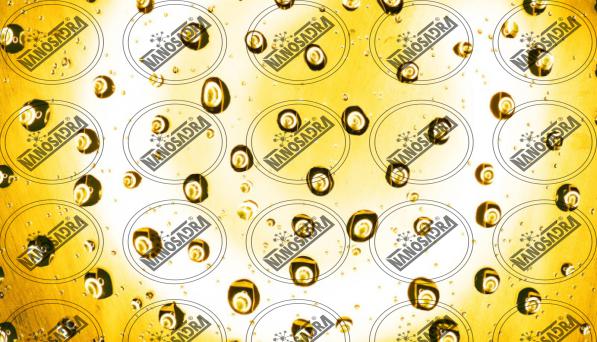
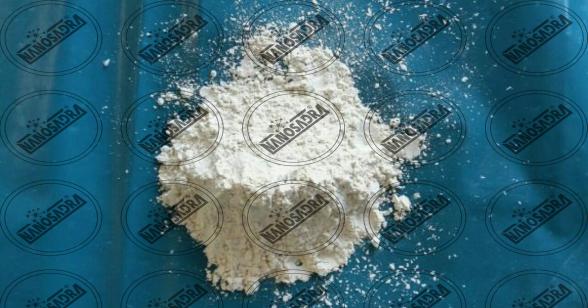

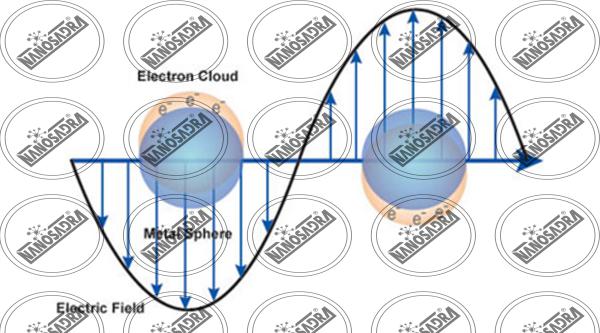
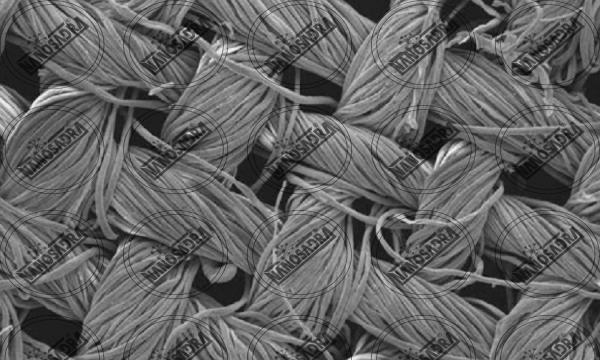
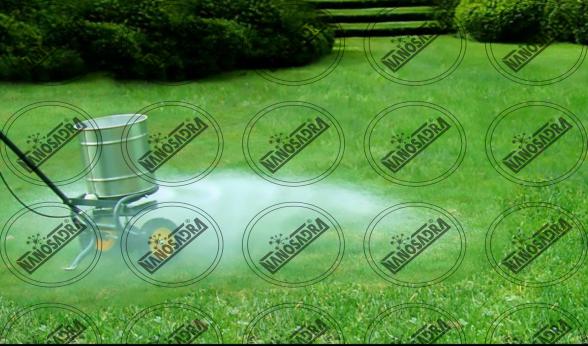
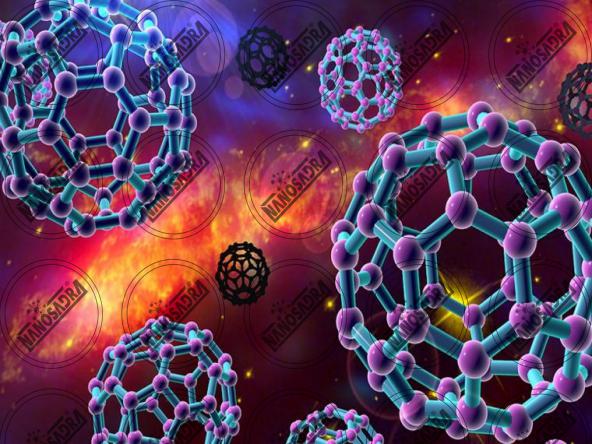
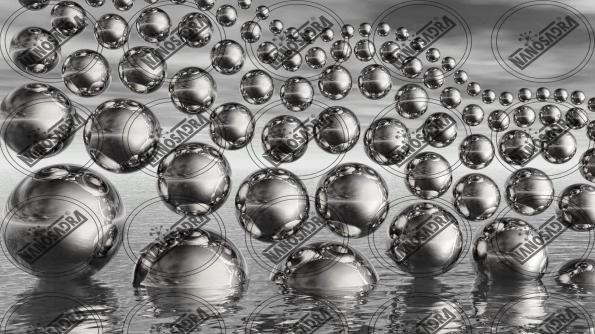
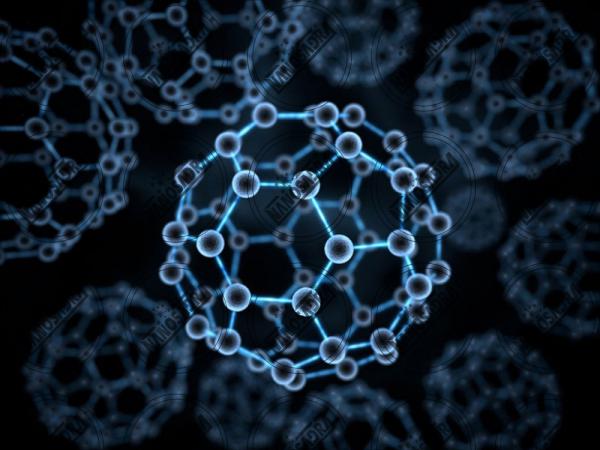
Your comment submitted.